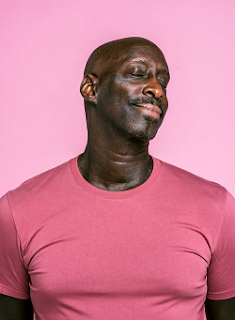
Symptoms
Marla Ahlgrimm explains that the signs of male breast cancer are similar to that with females. A lump or swelling, flakiness and irritation, and even nipple discharge may indicate breast cancer. Some men also experience painful nipples, dimpling of the skin on the pectorals, and an inverted nipple.
Risk Factors
Like women, men with breast cancer are more likely to have a mutation of specific genes, including BRCA1 and BRCA2. Age also plays a factor, and Marla Ahlgrimm notes that the vast majority of men diagnosed with breast cancer are 50 years of age or older. Family history is another important indicator of a man’s risk, and having a first generation relative with the disease puts even healthy men at a greater risk. Rarely, Klinefelter syndrome is to blame. This is an extremely rare genetic condition where the body produces too much estrogen and not enough androgens because of an additional X chromosome.
Treatment

Breast cancer treatment depends on the severity and the individual. Radiation therapy, chemotherapy, surgery, and even hormone therapy may be recommended, says Marla Ahlgrimm.

Breast cancer treatment depends on the severity and the individual. Radiation therapy, chemotherapy, surgery, and even hormone therapy may be recommended, says Marla Ahlgrimm.
Types of Male Breast Cancer
Marla Ahlgrimm notes that there are three primary types of breast cancer in men, and they are the same as in women. These are invasive ductal carcinoma, invasive lobular carcinoma, and ductal carcinoma in situ, the latter of which is not full-blown cancer, but is likely to turn malignant without treatment.